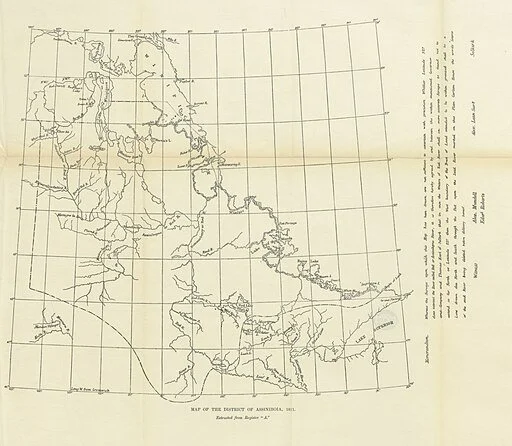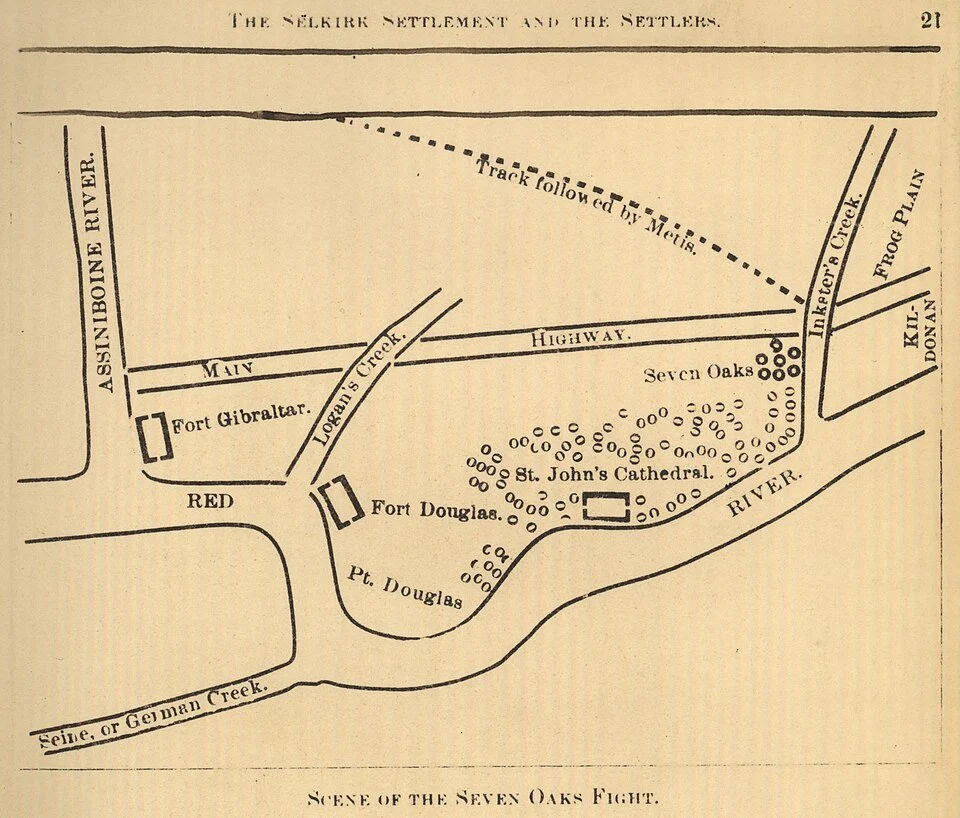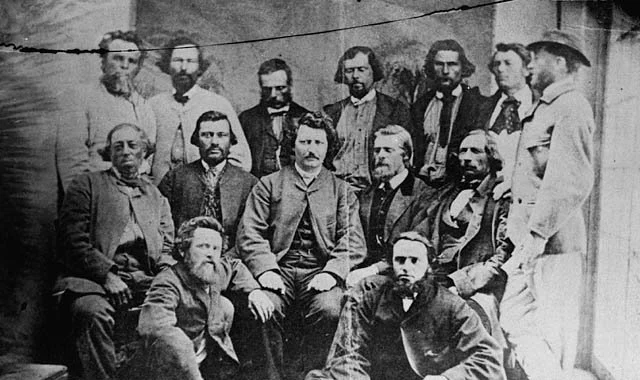Exploring History Through Personal Narratives
Voices From Red River
Begin your exploration of the Voices From Red River with The Red River Story to learn about the Red River Settlement and the conflicts that led to the Red River Resistance of 1869 to 1870.
Next, view the The Visual Timeline of the Red River Story using the arrows next to each image.
Complete your journey by Exploring The Letters to experience life in the Red River Settlement through the stories of its inhabitants.
Letters can offer a window into the past, revealing how individuals viewed what was shaping their lives. The historical fiction narratives created from primary and scholarly research share moments in time from the viewpoints of a Métis fur trader advocating for trading rights and a settler official dealing with a controversy in the community.
The Voices of Red River found in the Letters highlight the complexities of the relationships and the environment that shaped lives and livelihoods in the Red River Settlement revealing a deeper understanding of the formation of this region during this period in Canadian History.
Click Image For Full View
Image: Red River Settlement Map, Public domain. Source: Wikimedia Commons.
From Establishment to Resistance: 1810 to 1870
The Red River Story
The lands where the Assiniboine and Red Rivers meet have been home to Indigenous peoples for generations. These are the ancestral territories of the Anishinaabeg, Anishininewuk, Dakota Oyate, Denesuline, and Nehethowuk Nations. Today, this area is known as Winnipeg, Manitoba and the homeland of the Red River Métis, while the lands to the north remain the ancestral territories of the Inuit.
In 1670, King Charles II granted the Hudson's Bay Company (HBC) a royal charter without regard for the Indigenous peoples inhabiting the territory, giving HBC control over a vast territory titled Rupert’s Land. The territory continued to be inhabited by many First Nations and was not given or surrendered.
In 1811, HBC granted 116,000 square miles of Rupert’s Land to Thomas Douglas, the Fifth Earl of Selkirk (Lord Selkirk), a Scottish nobleman and a controlling shareholder in HBC. Selkirk sought to establish an agriculture and trade settlement, bringing European settlers to live and work alongside First Nations communities who continued their traditional practices of trading, hunting, fishing, and harvesting. Establishing the settlement was challenged by the harsh winter conditions and escalating conflicts between settlers and Indigenous peoples over land use, trading rights and governance structures.
In 1816, these tensions erupted into a deadly clash at the Fight of Seven Oaks between colonists and a group of Métis traders, which was sparked by opposition to colonial trading policies. The following year, in 1817, the Selkirk Treaty was signed between Lord Selkirk and five Indigenous leaders, establishing an agreement for the Red River Settlement to continue.
A violent fur trade rivalry persisted until the 1821 merger of the North West Company with the Hudson’s Bay company. While the merger brought some stability to the region, it also created a monopoly over trade that influenced settler and Indigenous peoples rights and livelihoods.
For the decades that followed, tensions in the settlement grew under competing economic priorities and governance interests. The ongoing conflicts led to the Red River Resistance of 1869 to 1870, which resulted in the negotiation of the Manitoba Act and the settlement’s entry into confederation with Canada in 1870.
EXHIBIT BIBLIOGRAPHY
The Red River Story
A Visual Timeline
Click the arrows to view the visual timeline.







